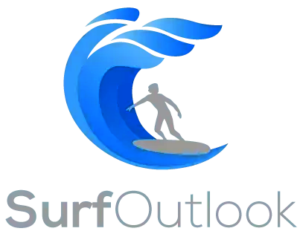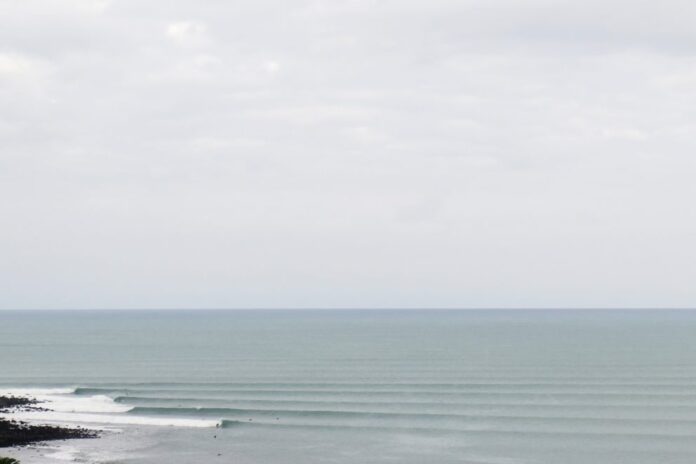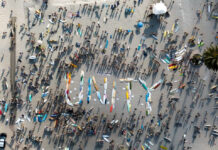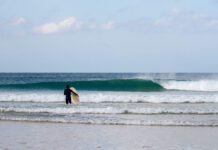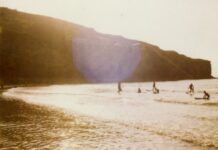You cite data from Sport NZ which suggests that Maori constituted less than 6% of the total number of New Zealanders that surfed in that given year (2015). In your view, what are some of the main factors that influence such a low number of Maori surfers in comparison to pakeha [New Zealanders primarily of European descent]?
Some tribes in Aotearoa NZ speak of ancestors surfing before they left Hawaiki for Aotearoa NZ. For example, Turi, a common ancestor throughout Polynesia, was also the captain of the Aotea canoe that sailed to Aotearoa NZ. Turi and his wives, Hina-raurea and Hina-arauriki, were well known for their surfing prowess, and so too were Turi’s two sisters. In more contemporary times, Te Rangituataka, a Ngati Maniapoto chief, was observed by British explorers in the late 1800s surfing waves on his two-man canoe. Like the Kanaka Maoli (Native Hawaiians), we traditionally rode logs, canoes, planks of wood, as well as poha (inflated kelp bags). So there is a traditional and pre/post European history of Maori surfing. Nevertheless, the climate is temperate here, so surfing or wave riding would have been a strictly summer pastime, and in the South Island even less so.
The low number of Maori surfers began with the colonisation process enacted upon us by the British. During this time period, our priorities had to shift away from traditional village life, where we practised our customs daily, towards holding onto our land, managing the missionaries, surviving the newly introduced diseases, petitioning the government, and fighting off the British invaders. This shifting of priorities, the loss of land, the various legislative measures (i.e., Tohunga Suppression Act 1907) introduced by the colonial government, the corporal punishment received for speaking our language – all led to a breakdown in cultural customs and concepts, poverty and destitution. At the same time, the disdain for surfing held by the missionaries meant surfing wasn’t looked upon favourably.
Despite this, many of the coastal tribes still practised wave riding to various degrees; at least until the post-War years, when urban migration occurred. As more and more Maori shifted into the cities, our ties and knowledge pertaining to the ocean slowly diminished. When surfing became ‘whitewashed’ (i.e., the perpetuation of the ‘bronze Aussie’ and ‘California surfer dudes’), I think it distanced Maori from surfing, in that we couldn’t see ourselves reflected in this pastime. As a result, many Maori believed – and still do – that surfing was a pursuit suited only for Europeans, and had no cultural connection to Te Ao Maori (a Maori worldview). So something we are trying to do with Maori communities is to reclaim our surfing knowledge; to highlight the fact that surfing is a part of our whakapapa (genealogy) from before we left Hawaiki through to our arrival and settlement in Aotearoa NZ.
Throughout that time, and even more so in contemporary times, finances also play a big role through things like purchasing a board and wetsuit, and transportation to the beach. Unfortunately for Maori, we tend to sit at the bottom end of the socio-economic scale here in Aotearoa NZ. Also, Maori place a strong emphasis on kinship, and therefore it is uncommon for Maori to partake in activities without family members. In that sense, role modelling or having parents and other family members who surf has a big impact on whether an individual picks up surfing. Moreover, Maori whanau [Maori-language word for extended family] tend to go to the beach to fish and collect shellfish, seaweed, etc., so mainly for physical and spiritual sustenance. Often when I was growing up, my dad and uncles would complain to me saying I was wasting time sitting out there on a surfboard. Again, a belief that surfing was not a part of our whakapapa.
